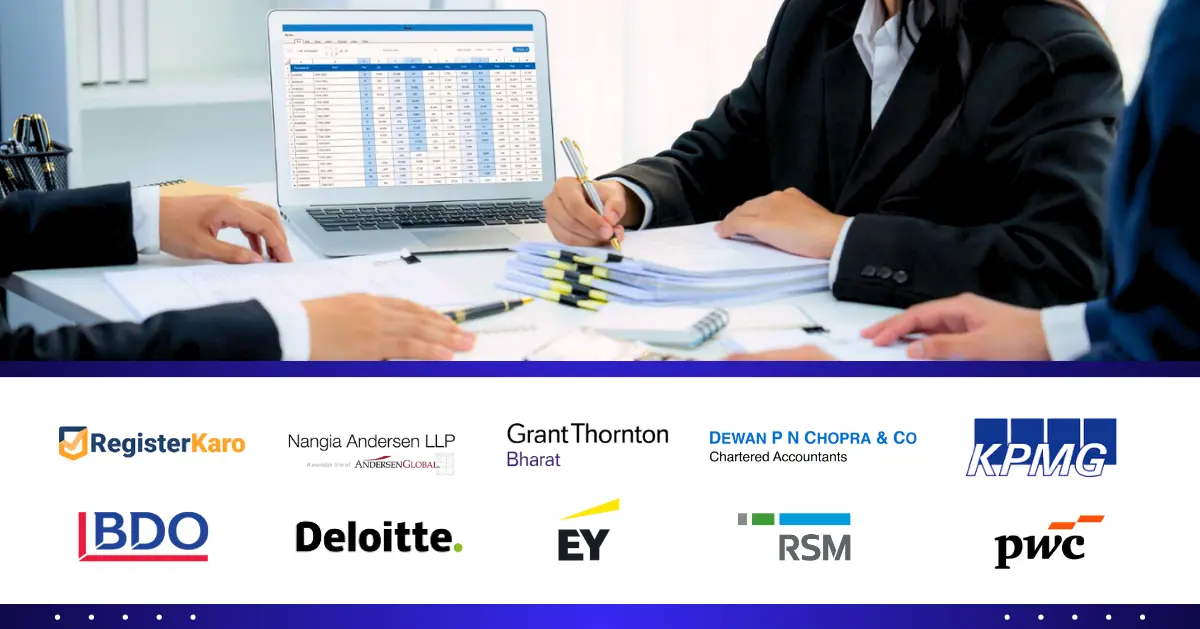
Introduction
Imagine if every financial document you owned was stored safely in a digital vault, eliminating the risk of loss, theft, or damage. That is precisely what the dematerialization process does for shareholding. With increasing digitization, paper shares are becoming obsolete, and the shift toward electronic records is transforming the way investors manage their securities.
This guide will take you through the dematerialization process, its benefits, and the steps required to convert physical shares to demat form. We will also explore industry trends, compliance regulations, and the future scope of dematerialization.
What is the Dematerialization of Shares?
Dematerialization refers to the process of converting physical share certificates into electronic form, making them easy to manage, transfer, and trade. This shift ensures transparency, security, and efficiency in the stock market.
The dematerialization process is carried out by depositories such as NSDL (National Securities Depository Limited) and CDSL (Central Depository Services Limited) in India. These depositories work in collaboration with Depository Participants (DPs) like banks and brokerage firms.
Benefits of Dematerialization
1. Enhanced Security- Physical share certificates can be lost, stolen, or damaged. Dematerialization eliminates these risks by ensuring your investments remain safe in an electronic format.
2. Easy and Quick Transactions- With demat accounts, buying and selling securities is seamless and quick, reducing paperwork and transaction delays.
3. Lower Costs- Physical shares involve stamp duty and handling charges. With dematerialization, costs are significantly reduced.
4. Reduced Fraud Risks- Forgery of physical certificates is a major concern. The electronic format minimizes risks associated with fraudulent activities.
5. Access to Additional Services- Holding shares in demat form allows investors to avail of services like automatic dividend credit, bonus issues, and corporate benefits directly in their accounts.
How to Convert Physical Shares to Demat Form?
Step 1: Open a Demat Account
- Choose a Depository Participant (DP) (a bank, financial institution, or brokerage firm).
- Submit KYC documents including PAN card, Aadhaar card, and bank details.
- Complete the DP’s account opening form and sign an agreement outlining rights and duties.
Step 2: Submit Physical Share Certificates
- Fill out the Dematerialization Request Form (DRF).
- Attach the physical share certificates.
- Submit these documents to the DP.
Step 3: Verification and Processing
- The DP forwards the request to the respective depository (NSDL/CDSL) and the issuing company.
- Upon verification, the physical shares are canceled, and electronic shares are credited to the demat account.
Step 4: Confirmation
- The DP notifies you once the dematerialization process is complete.
- You can now trade or hold your shares in electronic form.
Process for Dematerialization of Securities
The dematerialization process is straightforward but requires compliance with regulatory frameworks. The steps include:
- The investor submits DRF with physical shares to the DP.
- DP verifies and forwards the request to the depository.
- The depository liaises with the issuing company for validation.
- Upon approval, securities are converted into electronic form.
- Electronic securities are credited to the investor’s demat account.
Role of Depository Participants (DPs) in Dematerialization
Depository Participants act as intermediaries between investors and depositories. Their role includes:
- Facilitating the opening and maintenance of demat accounts.
- Processing dematerialization and rematerialisation requests.
- Handling securities transactions such as buying, selling, and pledging of shares.
- Ensuring regulatory compliance and investor support.
Regulatory Compliance for Dematerialized Shares
SEBI Regulations- The Securities and Exchange Board of India (SEBI) mandates the dematerialization of shares for all listed companies to enhance transparency and reduce fraud.
KYC Compliance- To open a demat account, investors must adhere to Know Your Customer (KYC) norms, submitting ID and address proof.
Annual Maintenance and Charges-
- Investors must pay Annual Maintenance Charges (AMC) for maintaining a demat account.
- Brokerage charges apply to transactions involving securities.
The Future Scope of the Dematerialization Process
With evolving technology, the dematerialization process is set to become even more efficient. Industry trends indicate:
- Growing adoption of blockchain technology to enhance security and transparency.
- Regulatory advancements ensure seamless global trading.
- Integration with AI and automation for faster processing and fraud detection.
Conclusion
The dematerialization process has revolutionized the stock market by enhancing security, efficiency, and accessibility for investors. With RegisterKaro’s expert services, converting physical shares to electronic form has never been easier. Stay ahead in the digital investment era—dematerialize your shares today!
Converting your physical shares to demat form can seem complex, but RegisterKaro simplifies the process. We provide:
- Expert assistance in setting up demat accounts.
- Hassle-free documentation and compliance support.
- Personalized advisory for smooth dematerialization.
Visit our website or contact our support page for further assistance.




